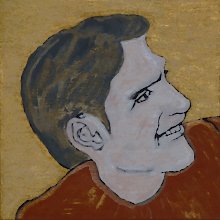Unity - animation prefab creation
The challenge is to take over the transform position of the parent object. Approach:
Creation:
- create an empty gameObject in the hierarchy
- drop a resource like a sprite png onto the empty gameObject in the hierachy
- the gameObject covering the sprite png is now a child object of the empty one
- if not available create a subfolder in the Assets folder named prefabs
- create a subfolder in the new folder prefabs called mySampleAnimationObject
- drop the empty gameobject of the hierarchy in the prefab subfolder just created
- add a animator component to the child of the empty gameobject in the prefab
- you should be asked to create the animation
- record the animation
- create a new c# script and drop it onto the child of the empty gameobject. The gameobject including the animator now!
- add a public function like : public void AnimFinished() { Destroy(gameObject); }
- add a event to the end of the animation / onto the last key frame add the event.
- assign the AnimFinished() method to the event.
- save
Usage:
- open the main actor script
- add a public GameObject variable to host the created prefab including the upper mentioned stuff
public GameObject MySampleAnimPrefab;
- drop this prefab within the inspector on this new public member of the script component
- now is the prefab in general linked to the script of the main actor;
- the main actor script can now fire and forget as many prefab animation objects as desired
- this will be done using for example:
Instantiate(MySampleAnimPrefab, collision.gameObject.transform.position, Quaternion.identity); // the second arg is any Vector3 type position

